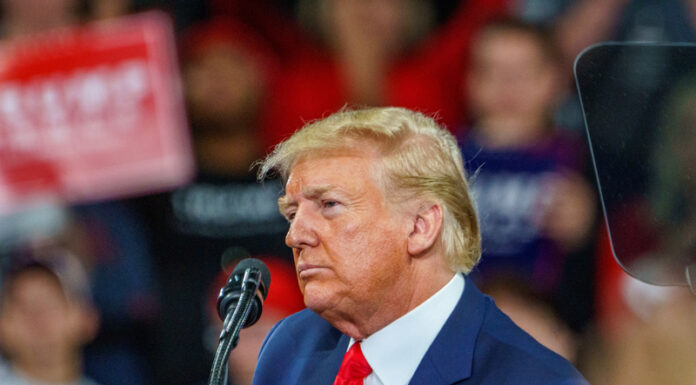President-elect Donald Trump’s warning to federal employees about mandatory return-to-office policies faces significant challenges from union contracts and existing remote work agreements, setting the stage for potential legal battles over the government’s 2.3 million-strong workforce.
“They’re going to be dismissed,” Trump declared regarding federal workers who refuse to return to in-person work, criticizing what he called a “terrible” and “ridiculous” agreement between the Social Security Administration and its union allowing telework through 2029.
The implementation of such mandates faces substantial hurdles. Approximately 56% of federal employees are covered by collective bargaining agreements, and a record 10% of federal positions are now designated as fully remote. The General Services Administration has already begun reducing office space to cut costs, complicating immediate return-to-office requirements.
A central component of Trump’s workforce strategy includes reviving the controversial “Schedule F” executive order, previously revoked by President Biden. This order would strip employment protections from policy-related federal jobs, making it easier for political appointees to terminate employees. The move could affect thousands of career civil servants across various agencies.
The proposed Department of Government Efficiency, led by business executives Elon Musk and Vivek Ramaswamy, would spearhead efforts to restructure federal agencies and reduce spending. Ramaswamy claims these changes could be implemented through executive action without congressional approval, citing recent Supreme Court precedent. The commission plans to make significant cuts to federal contracting and relocate agencies to voluntarily motivate employees to leave the government.
Key congressional leaders have expressed support for Trump’s workforce reduction plans. Rep. James Comer (R-KY), expected to continue as House Oversight Committee chair, has indicated he would help codify executive actions to reduce the federal workforce. Sen. Rand Paul (R-KY), positioned to lead the Senate Homeland Security Committee, plans to collaborate with Trump and his allies on government downsizing initiatives. Other Republican lawmakers, including Rep. Mike Bost (R-IL) and Sen. Jerry Moran (R-KS), have pushed for making it easier to fire VA employees, potentially creating a model for broader civil service reforms.
“Telework and remote work have helped increase productivity and efficiency, maintain continuity of operations, and aid with recruitment and retention,” stated the American Federation of Government Employees, the largest federal workers’ union, pushing back against Trump’s position.
Current federal workforce data shows that as of May 2022, approximately 54% of federal employees worked in positions not eligible for telework, while 10% held fully remote positions. The remaining 36% have various hybrid work arrangements, a significant shift from pre-pandemic operations.
Legal experts note that any broad return-to-office mandate must address existing collective bargaining agreements and accommodate workers with approved disability accommodations under Equal Employment Opportunity Commission guidelines. The U.S. Equal Employment Opportunity Commission has historically recognized telework as a potential reasonable accommodation for disabilities, creating additional complexity for sweeping policy changes.
The American Federation of Government Employees advocates for a hybrid approach to work arrangements, warning that strict in-office requirements could trigger a wave of voluntary resignations. Studies suggest that long commutes, reduced work-life flexibility, and high childcare costs could influence federal workers’ decisions to remain in their positions. Industry analysts project that return-to-office mandates could impact over one million American workers across various sectors.
Democratic governors and attorney generals are preparing legal challenges to potential federal workforce changes. State leaders, including California Governor Gavin Newsom and Minnesota Attorney General Keith Ellison, are coordinating with legal organizations like Democracy Forward to challenge potential executive actions affecting federal workers. These efforts are part of a broader strategy to counter federal policy changes using state-level authority.








